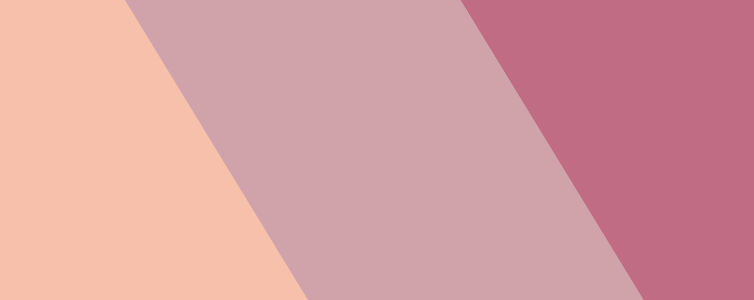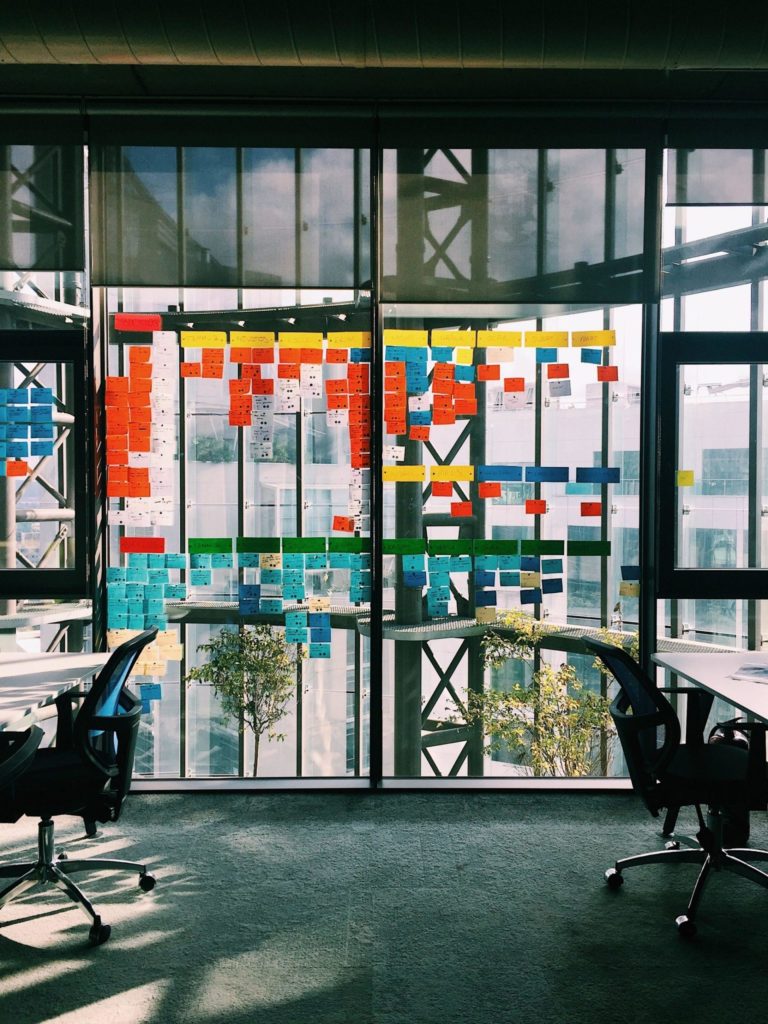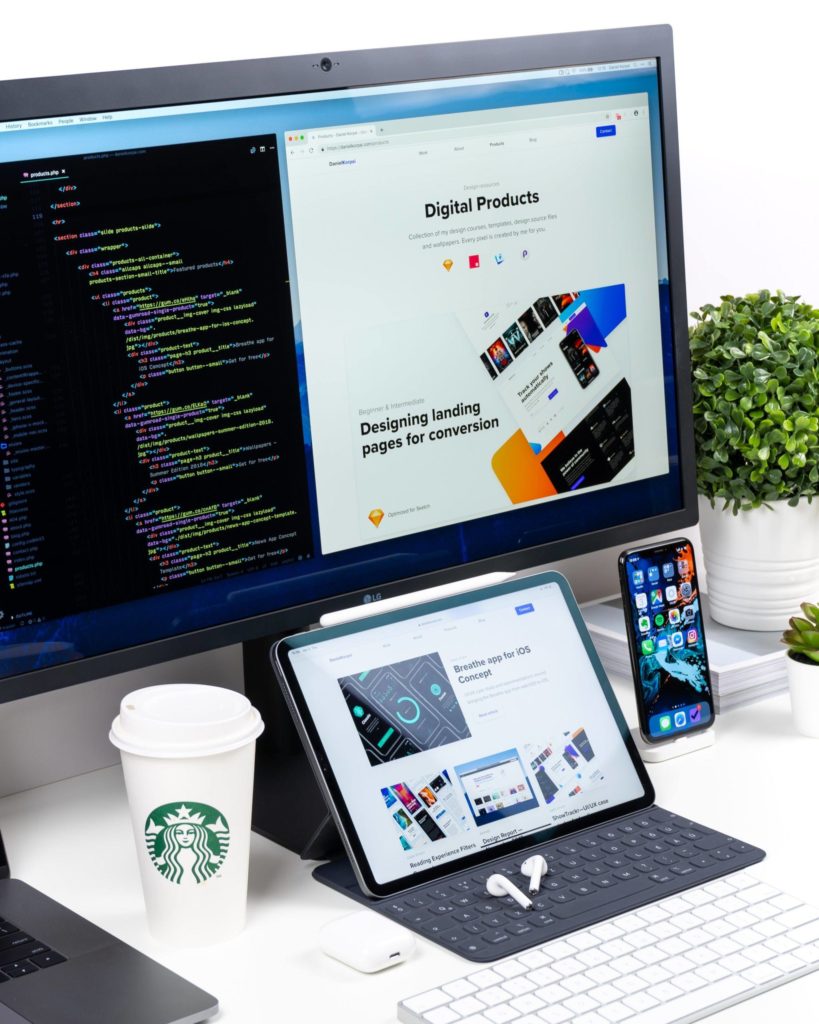Article
Graphic Design Colors for 2016

If you follow color, you know that trusted color resource Pantone named its Color of the Year for 2016 two colors: Pantone 13-1520 and Pantone 15-3919, or Rose Quartz and Serenity.
Pantone’s reasoning for choosing a blending of two colors is that “As consumers seek mindfulness and well-being as an antidote to modern day stresses, welcoming colors that psychologically fulfill our yearning for reassurance and security are becoming more prominent. Joined together, Rose Quartz and Serenity demonstrate an inherent balance between a warmer embracing rose tone and the cooler tranquil blue, reflecting connection and wellness as well as a soothing sense of order and peace.”
Last year’s color, Marsala, was a grounding brown-infused red with striking and flavorful features. This year, the tones are sending a different message, and that’s exactly what good design should do–use color to communicate feelings, ideas, and branding.
Rethinking Corporate Color
If you’ve ever given thought to your company’s graphic design colors, it was probably within the context of business cards, logo design, or a palette preferred and chosen by a board or committee. Ask these questions about what colors you use:
- How and why were these colors chosen? Do they show what you stand for and where you’ve come from? What elements of your value proposition do they represent?
- What about your use of color is similar to your competitors’, and what is different? Incongruent color–a rose and cream palette for a gym–can separate you from your industry. In contrast, refreshing, energizing, or powerful colors better representative of fitness keep your company within what gym goers expect. That said, don’t mimic competitors so much that your branding is indistinguishable. Learn what your industry needs to say, then say it.
And if you haven’t given thought to corporate branding and color, you’ll want to start and reap the ROI of strong branding.
The Flat Design Revolution
As we have witnessed, the Flat Design Revolution has brought about countless bold color choices unmarred by gloss or obtrusive patterns. Complicated, over-textured, cluttered designs have been replaced by spacious graphics that utilize a few strong color options as focal points.
When the pendulum swung from cluttered to simplified designs, color became a much more important element in user experience. Pantone predicts we can expect softer colors in 2016, like Rose Quartz and Serenity, and I think I believe them. Simpler, cleaner designs and tones allow audiences room to consider brand imagery. Design becomes more contemplative.
The Next Color Palette?
The way that people initially react to any given design hinges on your use of color, and the ubiquitous “bright and bold” trend is beginning to fade into noise. If the pendulum swing can tell us anything about where color for 2016 is headed, it’s to the softer side of things. Pantone says to look for soft gradients, very low-saturation tones, and lighter shades.
Whether or not we can expect to see these colors in mobile applications and Fortune 500 rebranding efforts remains to be seen, but at the very least they’ll be in every baby nursery across the world.
Messaging Matters
Color is one of the driving forces behind company brand identity. All of your color schemes will tell a story beyond the color of your company’s logo. The shades, lines, and patterns you choose affect how users perceive interfaces and understand your company’s values. These choices determine whether you remind users of a certain fluorescent medication for an upset stomach or a cell phone service provider, or if they should trust a bank that doesn’t use the color blue.
Used well, color will reinforce your messaging. It will show who you are. To make your color scheme cohesive, create a brand book–a designer-created compilation of elements like logos, hexes, imagery, and fonts that represent your business.
Ready to talk about how color can strengthen your brand presence? Contact Fresh for a full consultation–I can help you find out how effective your visual messaging is and how it affects your marketing and sales performance.









